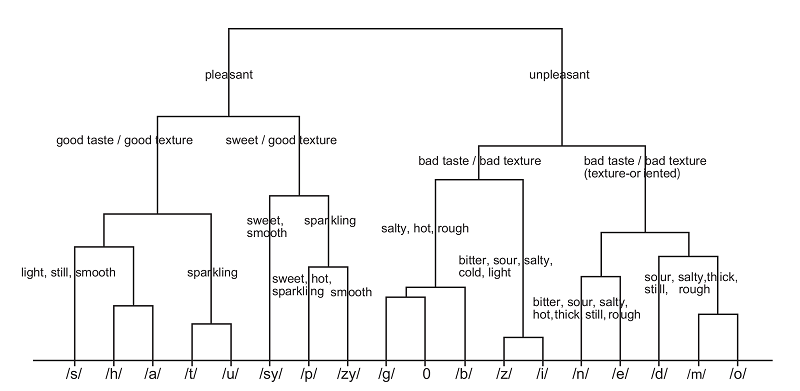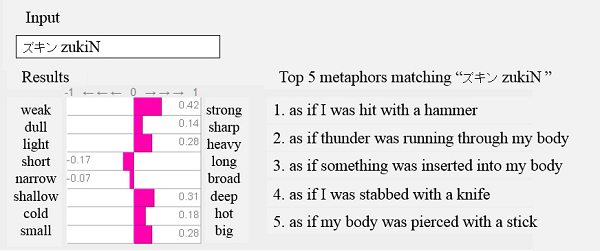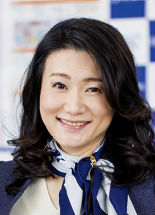June 2016 Issue
Topics
Japanese onomatopoeia: Mathematical models to analyze Japanese phonemes and associated images
The Japanese language is a treasure trove of onomatopoeia, with words such as 'kira-kira' conjuring up vivid images of 'twinkling' objects. Here, Maki Sakamoto is analyzing links between Japanese onomatopoeia and sensory experiences.
Detailed introduction to this research:
http://www.ru.uec.ac.jp/e-bulletin/topics/2015/information-technology-to-analyze-onomatopoeia.html
UEC e-Bulletin, June 2015: Frontiers of interdisciplinary research: Information technology to analyze onomatopoeia.
Research highlights
Vision and sound symbolism
Could onomatopoeia be used to evaluate the texture of metals and differentiate between real and imitation metal textures? Participants are shown real and imitation metals and asked to describe the nature of the materials they see using words from a list of onomatopoeia Clear differences in onomatopoeia for real and imitation metals were found. Applications of this research include the design of metal textures for automobiles and other such industrial areas [1].
Taste and sound symbolism
The goal is to quantify relationships between onomatopoeia and taste/texture. In experiments, participants express their sense of taste of liquids including milk and sports drinks, using Japanese onomatopoeia. Results show the sensation of tasting to result in primarily of 'clusters' of words like pleasant/unpleasant [2].
Medicine and sound symbolism
Medical doctors and patients in Japan use onomatopoeia to communicate. Here, the aim is to develop a system that automatically suggests metaphors related to onomatopoeia selected by patients [3].
Launch of the "Innovative SHITSUKAN science and technology (ISST)" project
FY 2015 to FY 2019, with a research grant of 1,086,200 thousand JPY.
Project title: "Shitsukan Information Based on Correspondences of Physics, Perception, and Affective Evaluations"
SHITSUKAN science and technology website:
http://shitsukan.jp/ISST/en/researches/index.html
References
- Maki Sakamoto, Junya Yoshino, Ryuichi Doizaki and Masaharu Haginoya, Metal-like texture design evaluation using sound symbolic words, International Journal of Design Creativity and Innovation, 4, 181, (2016).
DOI:10.1080/21650349.2015.1061449 - Maki Sakamoto and Junji Watanabe, Cross-Modal Associations between Sounds and Drink Tastes/Textures: A Study with Spontaneous Production of Sound-Symbolic Words, Chemical Senses, 41, 197, (2015).
DOI: 10.1093/chemse/bjv078 - Ryuichi Doizaki, Takahide Matsuda, Akira Utsumi, Maki Sakamoto, Constructing a System which Proposes Metaphors Corresponding to the Onomatopoeia Expressing Medical Conditions, International Journal of Affective Engineering, December 2015. Article ID: IJAE-D-15-00028
DOI: 10.5057/ijae.IJAE-D-15-00028





